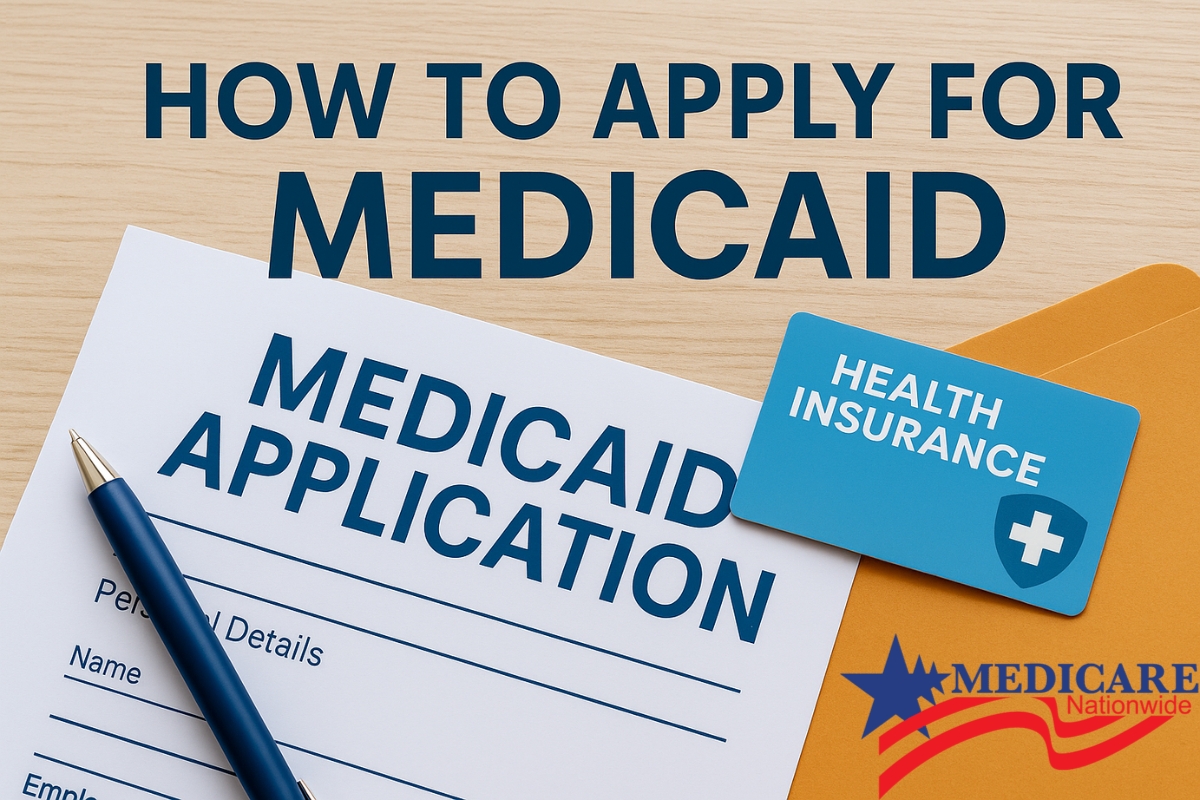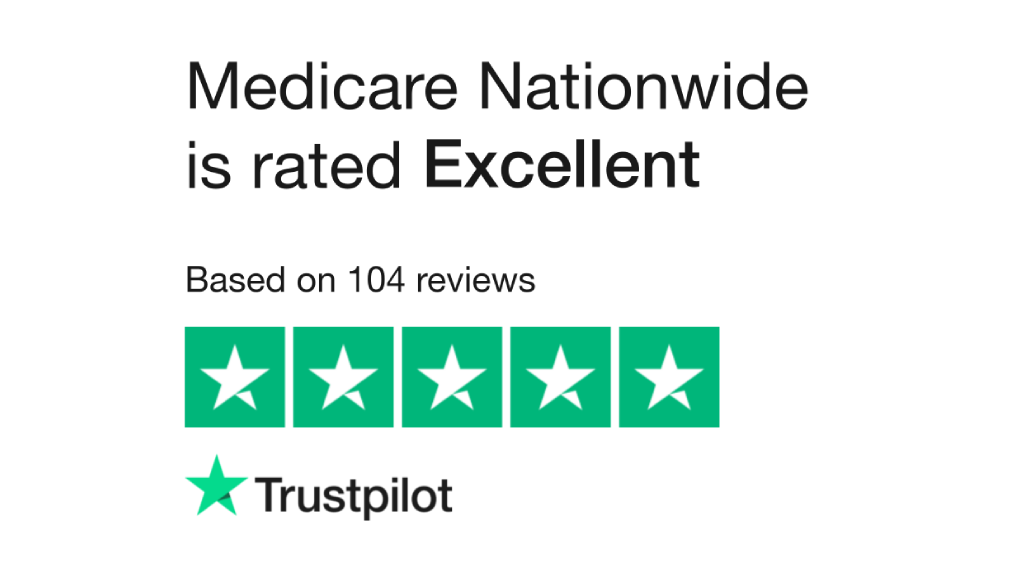
Understanding Medicare and Medicaid
Medicare is a federal health insurance program primarily for individuals aged 65 and older, as well as certain younger people with disabilities or specific medical conditions (e.g., End-Stage Renal Disease). It covers hospital stays (Part A), medical services (Part B), and prescription drugs (Part D), with optional Medicare Advantage plans (Part C) offering additional benefits.
Medicaid is a joint federal and state program that provides health coverage to low-income individuals and families, including children, pregnant women, seniors, and people with disabilities. Eligibility and benefits vary by state, and it often covers services not included in Medicare, such as long-term care or dental care. For those eligible for both programs (known as “dual eligibles”), Medicare and Medicaid work together to provide comprehensive coverage.
Flex Cards in Medicare Programs
Insurance companies offering Medicare Advantage plans sometimes include flex cards as a supplemental benefit to attract enrollees. These prepaid debit cards can be used for specific health-related expenses, such as over-the-counter medications, groceries, or utilities, depending on the plan. Flex cards complement Medicare by covering costs not typically included in traditional Medicare, enhancing access to care and improving quality of life for beneficiaries.
For a deeper dive into how flex cards work, check out:
DSNP vs. State Medicaid Plans: Pros and Cons
For dual-eligible individuals, choosing between a Dual Special Needs Plan (DSNP) (a type of Medicare Advantage plan) and staying on a state’s Medicaid plan is a critical decision. Below is a comparison to help you weigh your options.
Dual Special Needs Plan (DSNP)
Pros:
- Integrated Care: DSNPs coordinate Medicare and Medicaid benefits, providing a single point of contact for healthcare needs.
- Additional Benefits: Often include extras like dental, vision, hearing, or flex cards, which may not be available through state Medicaid alone.
- Care Coordination: Many DSNPs offer case management to help navigate complex health needs.
- Nationwide Options: DSNPs are offered by private insurers, potentially providing more flexibility if you move to another state.
Cons:
- Restricted Networks: DSNPs may limit you to specific providers or hospitals, reducing flexibility compared to traditional Medicaid.
- Varying Benefits: Benefits depend on the plan and insurer, which may not align perfectly with your needs.
- Enrollment Periods: You must enroll during specific periods (e.g., Annual Enrollment Period or Special Enrollment Periods), unlike Medicaid’s continuous enrollment.
State Medicaid Plan
Pros:
- Broader Provider Access: They often have wider networks, especially in rural areas, allowing more provider choices.
- Comprehensive Coverage: May cover services like long-term care or home health aides more generously than DSNPs.
- No Enrollment Periods: You can apply for it at any time, and coverage is typically retroactive to the application date.
- State-Specific Support: States often provide local assistance programs, such as County Assistance Offices, for personalized help.
Cons:
- Limited Extra Benefits: State plans may not offer perks like flex cards, dental, or vision coverage in some cases.
- Complex Navigation: Without care coordination, managing benefits across Medicare and Medicaid can be challenging.
- State Variations: Benefits and eligibility criteria differ significantly by state, which can be confusing if you relocate.
Ultimately, the choice depends on your healthcare needs, provider preferences, and whether you value the additional benefits DSNPs offer. Consult with a local Medicaid office or a Medicare advisor to make an informed decision.
How to Apply for Medicaid: A Step-by-Step Guide
Applying for it varies by state, but the process generally follows these steps:
- Check Eligibility: Before you begin, it’s important to understand how to apply for Medicaid based on your income, household size, disability status, and other state-specific factors. Each state sets its own criteria, often aligned with federal poverty guidelines. Visit your state’s website (listed below) or Create an account with HealthCare.gov to review requirements.
- Choose an Application Method:
- Online: Most states offer online applications through their portal or HealthCare.gov. For example, Mississippi uses Access.ms.gov, and Michigan uses MI Bridges.
- Paper Applications: Download forms from state websites (e.g., Illinois or New York) or request them by mail.
- In-Person or Phone: Visit a local County Assistance Office or call the state’s helpline (e.g., Maryland’s helpline at 1-855-642-8572).
- Gather Documentation: You’ll typically need proof of income, identity, residency, and, for disability-based applications, medical records. Check your state’s website for specific requirements.
- Submit Your Application: Apply through your preferred method. If using HealthCare.gov, your application will be automatically routed to your state’s Medicaid agency if you’re eligible.
- Follow Up: Processing times vary. Some states, like New York, may require additional steps for disability-based applications through a State Disability Review Unit. Contact your state’s office for updates.
- Seek Assistance: Many states offer free help through local offices, call centers, or community organizations. For example, Pennsylvania’s COMPASS system provides application support.
Special Considerations
- New York: Apply through NY State of Health or your Local Department of Social Services, depending on your eligibility category (e.g., MAGI vs. non-MAGI).
- Virginia: Use CommonHelp or the state’s Insurance Marketplace.
- Disability Applications: These may require extra documentation and longer review times.
State Medicaid Websites
Below are images and direct links to the official websites for all 50 U.S. states, compiled from trusted sources like Medicaid.gov and other verified state portals. Each link leads to the respective program page or application portal, making it easier for users to find accurate and updated information. Note that some states use unique program names (e.g., Medi-Cal in California, TennCare in Tennessee).
| STATE | WEBSITE | PROGRAM NAME |
| Alabama | medicaid.alabama.gov | Medicaid |
| Alaska | dhss.alaska.gov | Medicaid |
| Arizona | azahcccs.gov | AHCCCS |
| Arkansas | humanservices.arkansas.gov | Medicaid |
| California | dhcs.ca.gov | Medi-Cal |
| Colorado | colorado.gov | Health First Colorado |
| Connecticut | portal.ct.gov | HUSKY Health |
| Delaware | dhss.delaware.gov | Medicaid |
| Florida | myflorida.com | Medicaid |
| Georgia | dch.georgia.gov | Medicaid |
| Hawaii | med-quest.us | Med-QUEST |
| Idaho | healthandwelfare.idaho.gov | Medicaid |
| Illinois | hfs.illinois.gov | Medicaid |
| Indiana | in.gov | Medicaid |
| Iowa | dhs.iowa.gov | Iowa Health and Wellness |
| Kansas | kancare.ks.gov | KanCare |
| Kentucky | chfs.ky.gov | Medicaid |
| Louisiana | ldh.la.gov | Healthy Louisiana |
| Maine | maine.gov | MaineCare |
| Maryland | health.maryland.gov | Medicaid |
| Massachusetts | mass.gov | MassHealth |
| Michigan | michigan.gov | Medicaid |
| Minnesota | mn.gov | Medical Assistance |
| Mississippi | medicaid.ms.gov | Medicaid |
| Missouri | mydss.mo.gov | MO HealthNet |
| Montana | dphhs.mt.gov | Medicaid |
| Nebraska | dhhs.ne.gov | Heritage Health |
| Nevada | dhcfp.nv.gov | Medicaid |
| New Hampshire | dhhs.nh.gov | Medicaid |
| New Jersey | state.nj.us | NJ FamilyCare |
| New Mexico | hsd.state.nm.us | Centennial Care |
| New York | health.ny.gov | Medicaid |
| North Carolina | medicaid.ncdhhs.gov | Medicaid |
| North Dakota | hhs.nd.gov | Medicaid |
| Ohio | medicaid.ohio.gov | Medicaid |
| Oklahoma | oklahoma.gov | SoonerCare |
| Oregon | oregon.gov | Oregon Health Plan |
| Pennsylvania | pa.gov | Medical Assistance |
| Rhode Island | eohhs.ri.gov | Medicaid |
| South Carolina | scdhhs.gov | Healthy Connections |
| South Dakota | dss.sd.gov | Medicaid |
| Tennessee | tn.gov | TennCare |
| Texas | hhs.texas.gov | Medicaid |
| Utah | health.utah.gov | Medicaid |
| Vermont | healthvermont.gov | Medicaid |
| Virginia | dmas.virginia.gov | Medicaid |
| Washington | hca.wa.gov | Apple Health |
| West Virginia | dhhr.wv.gov | Medicaid |
| Wisconsin | dhs.wisconsin.gov | BadgerCare Plus |
| Wyoming | health.wyo.gov | Medicaid |
Additional Resources
- Medicaid.gov: Offers a state-by-state contact list and general application guidance.
- HealthCare.gov: A centralized portal to check eligibility and apply for Medicaid or CHIP in any state.
- Medicaid Planning Assistance: Private advisors may assist with complex applications, but always verify information with official state websites (ending in .gov).
- State Websites: Always check the official state website for the most current information, as processes and requirements can change.
Limitations and Notes
- No Single Document: There’s no universal document compiling all 50 states’ application processes. This guide synthesizes information from reliable sources like Medicaid.gov.
- State Variations: Eligibility and processes vary, and changes occur frequently. For example, North Carolina expanded Medicaid in 2023, affecting eligibility criteria.
- Outdated Sources: Older resources (e.g., a 2020 X post about Medicaid resources) may no longer be accurate. Always verify with current state websites.
For personalized help, contact your state’s Medicaid office or a local County Assistance Office. At Medicare Nationwide, we’re committed to helping you navigate your healthcare options with confidence.
Frequently Asked Questions
Medicaid eligibility varies by state, but is generally available to low-income individuals, seniors, pregnant women, and people with disabilities.

